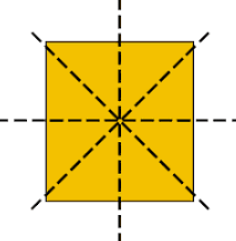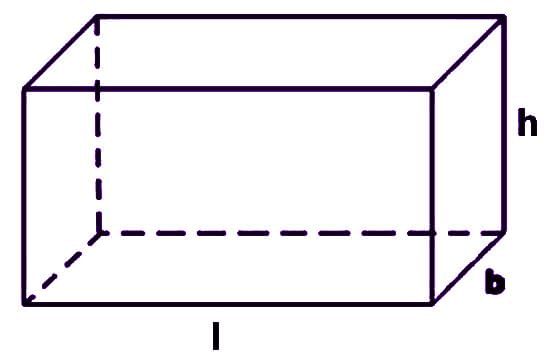Class 6 Exam > Class 6 Tests > Olympiad Test : Geometry - 1 - Class 6 MCQ
Olympiad Test : Geometry - 1 - Class 6 MCQ
Test Description
10 Questions MCQ Test - Olympiad Test : Geometry - 1
Olympiad Test : Geometry - 1 for Class 6 2025 is part of Class 6 preparation. The Olympiad Test : Geometry - 1 questions and answers have been prepared
according to the Class 6 exam syllabus.The Olympiad Test : Geometry - 1 MCQs are made for Class 6 2025 Exam.
Find important definitions, questions, notes, meanings, examples, exercises, MCQs and online tests for Olympiad Test : Geometry - 1 below.
Solutions of Olympiad Test : Geometry - 1 questions in English are available as part of our course for Class 6 & Olympiad Test : Geometry - 1 solutions in
Hindi for Class 6 course.
Download more important topics, notes, lectures and mock test series for Class 6 Exam by signing up for free. Attempt Olympiad Test : Geometry - 1 | 10 questions in 20 minutes | Mock test for Class 6 preparation | Free important questions MCQ to study for Class 6 Exam | Download free PDF with solutions
Detailed Solution for Olympiad Test : Geometry - 1 - Question 1
Olympiad Test : Geometry - 1 - Question 2
How many degrees are there in the angle between the hour hand and the minute hand of a clock when it is 3 O’clock?
Detailed Solution for Olympiad Test : Geometry - 1 - Question 2
Olympiad Test : Geometry - 1 - Question 3
How many rays can be drawn with a given point as the initial point?
Detailed Solution for Olympiad Test : Geometry - 1 - Question 3
Olympiad Test : Geometry - 1 - Question 4
The maximum number of points of intersection of three lines in a plane is
Detailed Solution for Olympiad Test : Geometry - 1 - Question 4
Detailed Solution for Olympiad Test : Geometry - 1 - Question 5
Olympiad Test : Geometry - 1 - Question 6
How many lines can be drawn passing through two given points?
Detailed Solution for Olympiad Test : Geometry - 1 - Question 6
Detailed Solution for Olympiad Test : Geometry - 1 - Question 7
Detailed Solution for Olympiad Test : Geometry - 1 - Question 8
Detailed Solution for Olympiad Test : Geometry - 1 - Question 9
Detailed Solution for Olympiad Test : Geometry - 1 - Question 10
Information about Olympiad Test : Geometry - 1 Page
In this test you can find the Exam questions for Olympiad Test : Geometry - 1 solved & explained in the simplest way possible.
Besides giving Questions and answers for Olympiad Test : Geometry - 1, EduRev gives you an ample number of Online tests for practice
Download as PDF





















